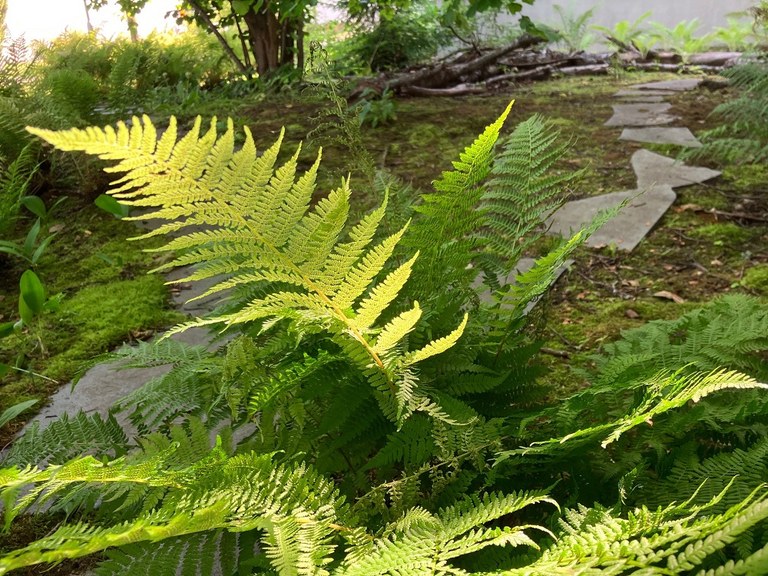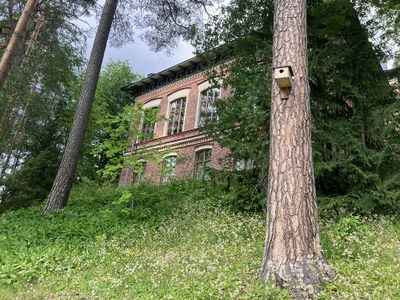Fauna on campus
Seminaarinmäki hosts a particularly rich bird population. The variety of tree species and flourishing shrubbery in an urban area provide plenty of different nesting places. The latest birdlife survey was performed in the area in 2009. According to this survey, the most significant areas for birds are the pine wood at the ridge in the northern part as well as the bush and wood areas to southwest from the University Main Building (C ) and at Moirislampi.
Bird concentrations were also found in the Villa Rana garden. Endangered bird species on Seminaarinmäki include at least lesser spotted woodpeckers, which have become rarer in Finland due to reduced deadwood, and sparrows. There have also been some sightings of the icterine warbler, which is a rare species in Central Finland.
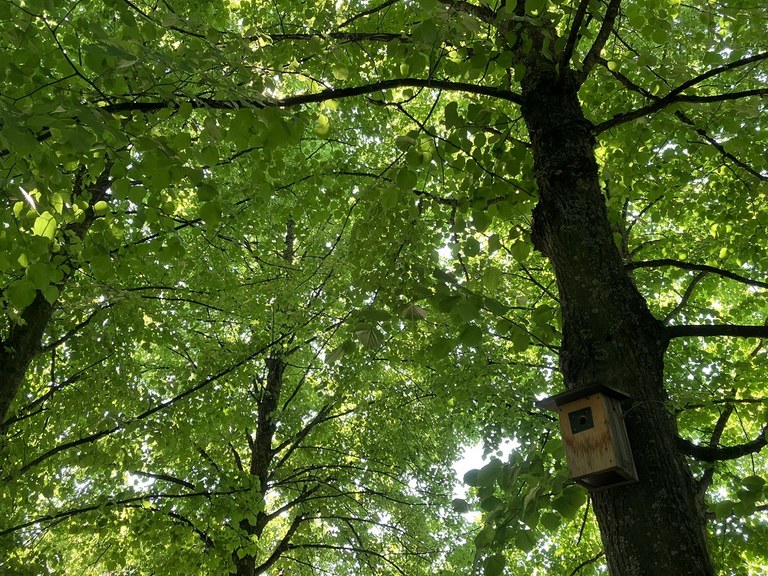
The cavity nesters of the area are dependent on birdhouses. Accordingly, birdhouses suitable for different bird species have been placed around Seminaarinmäki. Altogether there are now about eighty birdhouses across the campus. There are birdhouses for, among others, different tit species, starlings/drynecks, swifts, common redstarts, and treecreepers. In the coming years, we intend to provide the birds in the area with more food, especially by increasing the number of berry plants on Seminaarinmäki.
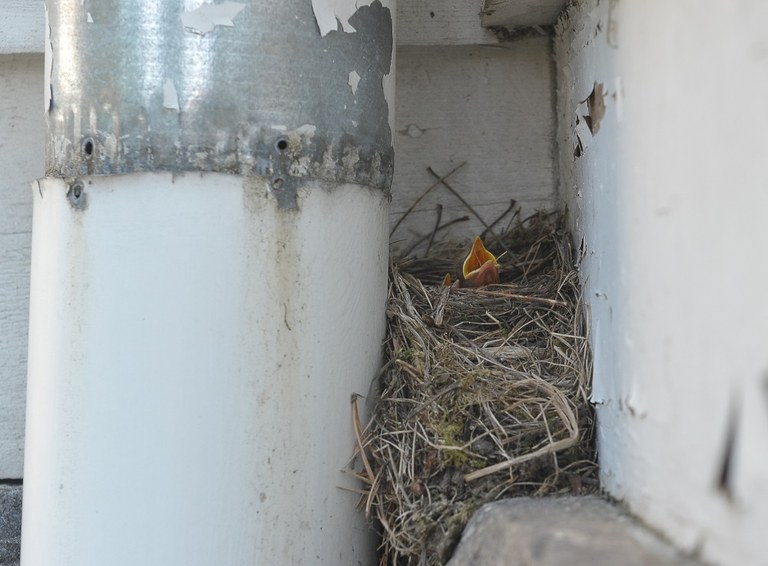
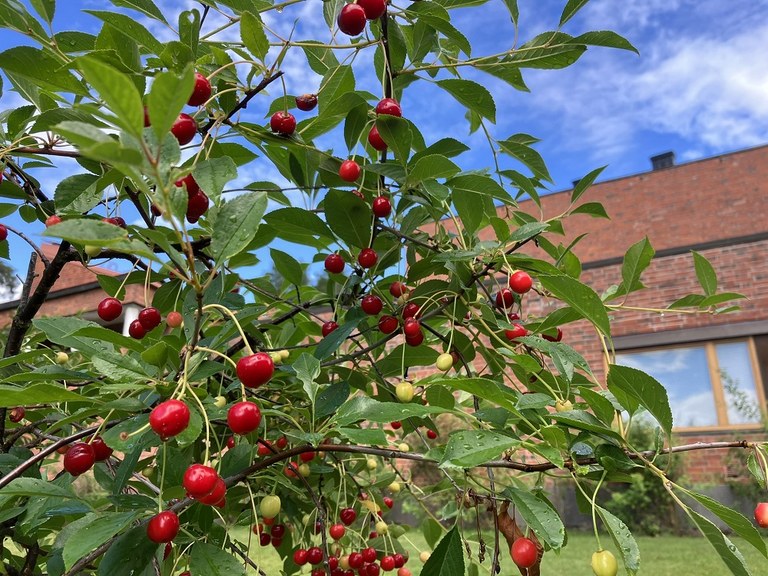
We have also installed bat boxes on the Seminaarinmäki campus. There have been bat sightings especially in the area of the tennis court in Aalto Park and the old premises along Pitkäkatu as well as in Ruusupuisto.
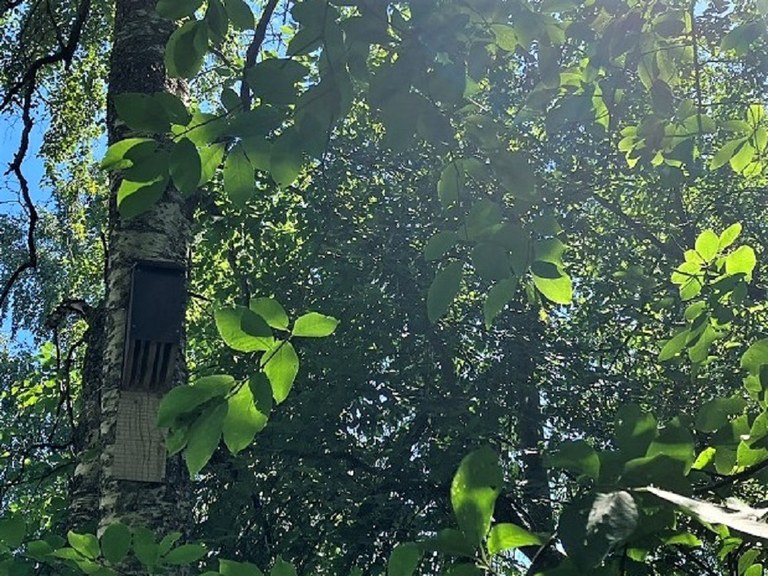
Seminaarinmäki is known as a nesting area of the endangered flying squirrel. The number of flying squirrels has greatly declined in Finland. The biggest reason for this is the loss of old forests and thereby a decreased supply of deadwood. The Nature Conservation Act forbids people to destroy or deteriorate flying squirrels’ nesting and resting places. Nesting boxes for flying squirrels have also been installed at Seminaarinmäki, in areas where some trees had to be cut down because of building renovations or severe decay damages, for example. In such cases, in areas where flying squirrels are found, substitutive tree plantings are always made.
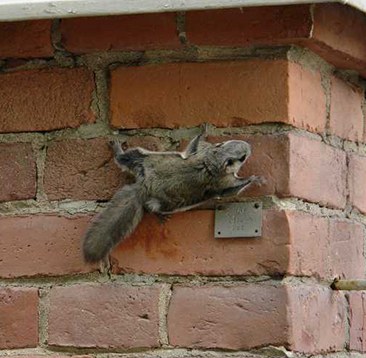
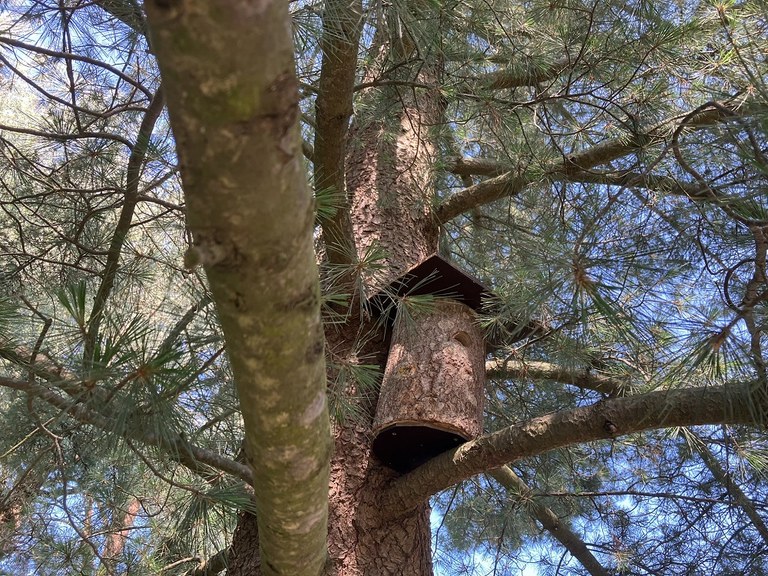
The grove areas on Ylistönrinne are known as a habitat for a rare snail species, named Clausilia dubia. On the Ylistönrinne campus, the grove areas that surround the courtyards have been left in their natural state to preserve the habitat.
